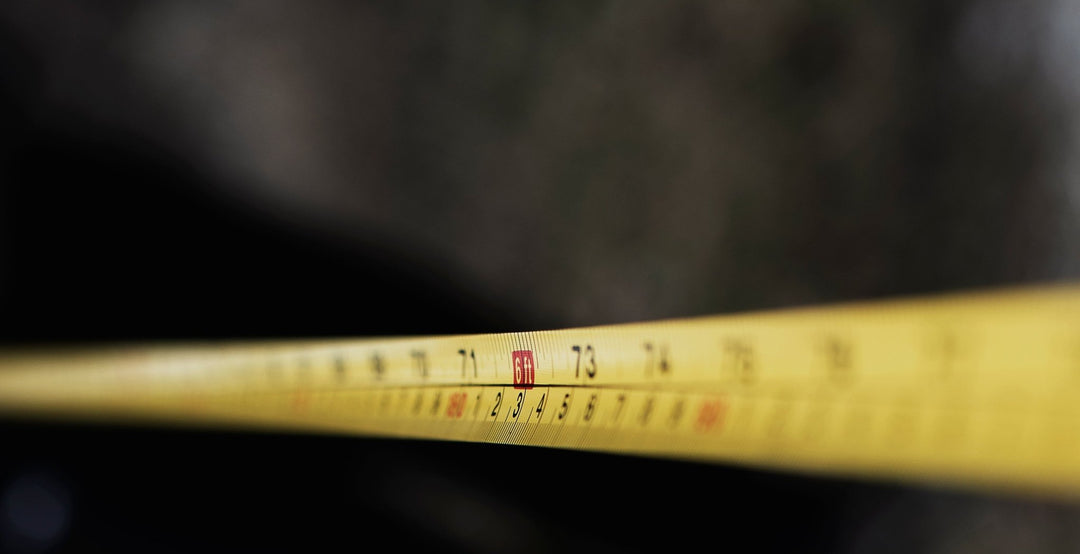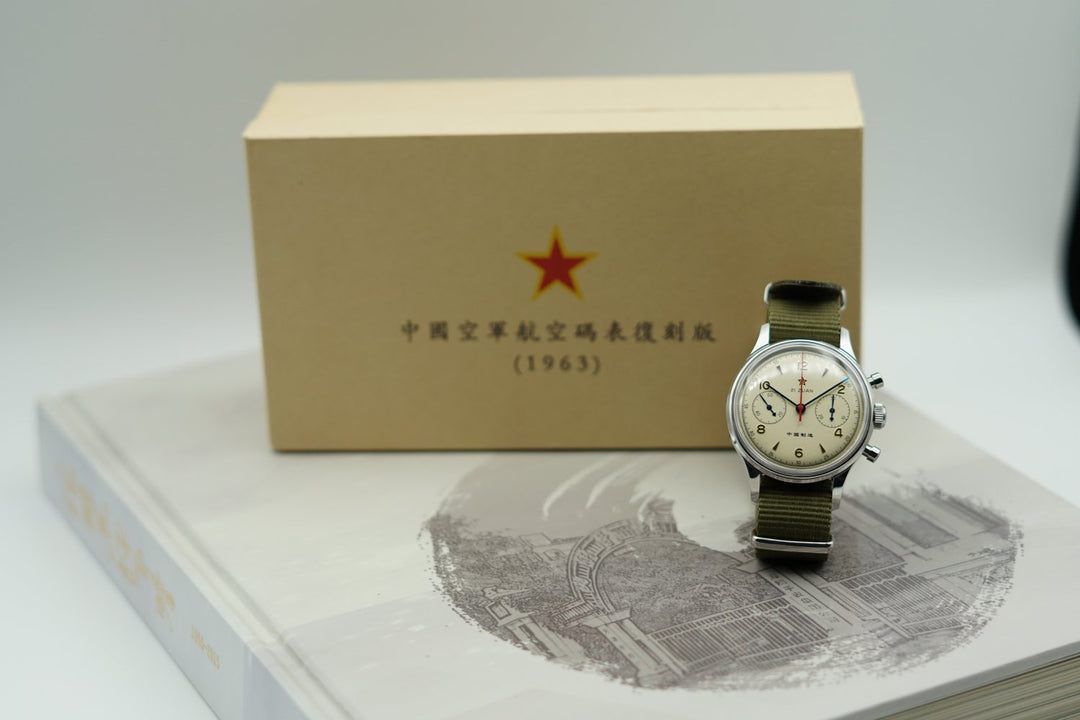Summary of Water Resistance in Watches
If the watch has been positively tested for water resistance, this characteristic applies at the time of measurement. According to DIN 8310, water resistance is not a permanent feature. It should be checked annually and before special usage, as the built-in sealing elements can deteriorate in their function and through daily use. Factors such as extreme temperature changes, chlorine, soap, or saltwater negatively affect the water resistance.
Avoid a common mistake: Never operate the crown or chronograph of your watch underwater, regardless of the indicated water resistance class.
What Does Water Resistance Mean for Watches?
If the water resistance of a watch is not considered, the watch can be significantly damaged by moisture or water. The result is often expensive repairs to the movement, dial, or even the hands. If corrosion is already visible on these parts, a repair might not be worth it.
It is therefore important for every watch owner to know the water resistance of their watch and correctly interpret the information on the watch to enjoy it for as long as possible. Distinguishing between terms like ATM, Bar, Waterproof, or simply "water-resistant watch" can make it challenging to understand whether you can shower, bathe, dive, or not even wash your hands while wearing the watch.
The following sections explain the different terms of water resistance and highlight the residual risks not covered by these specifications.
Definitions and Significance of Water Resistance in Watches
Waterproof means that neither liquids nor gases (vapor) can penetrate it. In the watch industry, a watch's water resistance is classified according to its pressure resistance. This is measured using various methods (mechanical, hydraulic), which cannot be elaborated upon here. The water resistance determined during these tests is indicated by the manufacturer in meters (m), feet (ft), bar, PSI, or ATM.
Please note that the indicated number does not refer to depth but to the units used to specify the water resistance of your watch. Example: A watch marked with 30 Bar corresponds to a water resistance of 300 meters.
Classification of Water Resistance in Watches
Watches without a water resistance rating:
Keep the watch away from water at all times. This means that your watch is not water-resistant at all. It can be damaged even by handwashing or sweating.
Watches with 3 ATM / 30 Meters Water Resistance:
The marking 3 ATM on a watch means that the watch should only come into light contact with water, such as occasional splashes while washing hands or in the rain. You should never shower or swim with a watch that is only water-resistant up to 3 ATM. These watches do not have screw-down crowns or pushers.
Watches with 5 ATM / 50 Meters Water Resistance:
Watches with this water resistance rating can be worn while swimming. Avoid jumps and dives, as pressure peaks can occur that might overcome the watch's seals. Sudden temperature changes (e.g., sun -> cold water) can cause the remaining moisture in the air inside the watch to condense on the inside of the watch glass. These watches do not have screw-down crowns or pushers.
Watches with 10 ATM / 100 Meters Water Resistance:
A water resistance of 10 ATM means that the watch can be worn during sports swimming and shallow diving. The watch glass no longer fogs up. However, scuba diving, i.e., staying underwater for extended periods, is not tolerated by a 10 ATM watch, even if it is only a few meters deep. These watches sometimes have screw-down crowns and pushers.
Watches with 30 ATM / 300 Meters Water Resistance:
From a water resistance of 30 ATM and above, watches are fully water-resistant and can be used for professional scuba diving. These watches are also noticeably thicker. All components, including the glass, are significantly thicker than those on watches up to 10 ATM. Most watchmakers cannot test this level of water resistance with their workshop equipment. These watches always have screw-down crowns and pushers.
Important Tips for Water Resistance in Watches
Regardless of how water-resistant your watch is, there are some conditions to keep in mind to ensure that your watch remains reliable, accurate, and water-resistant for as long as possible:
- Avoid sudden temperature fluctuations. In the summer, ensure that your watch does not experience a temperature shock when you go into cold water after a long time in the sun.
- Look out for condensation under the glass. Despite being water-resistant, condensation can form. This does not necessarily indicate a defect but may point to an issue with the water resistance.
- Always check if the crown is tightly screwed down before entering the water.
- If condensation is very noticeable, the watch should be taken to a watchmaker as soon as possible. In the meantime, the watch can be placed in rice with the crown pulled out to absorb moisture.
- Have the water resistance checked regularly. According to DIN 8310, it is not a permanent feature and is only valid at the time of measurement by the testing facility. Many manufacturers do not provide a warranty on water resistance and, at best, offer goodwill. For occasional use, have the water resistance checked every 3 to 5 years; for regular use in water, once a year.
- Avoid exposing the watch to substances that dissolve fat, such as solvents or soaps. These can impair the sealing capability of the gaskets. Saltwater also attacks the gaskets. If exposure cannot be avoided, the watch should at least have a screw-down crown and be checked for water resistance annually.
Conclusion: How to Keep Your Watch Water-Resistant and Durable
The water resistance of your watch is an important factor for its longevity and reliability. Pay attention to the manufacturer's instructions and have your watch checked regularly to avoid unnecessary damage and to preserve the joy of wearing your watch.






Leave a comment